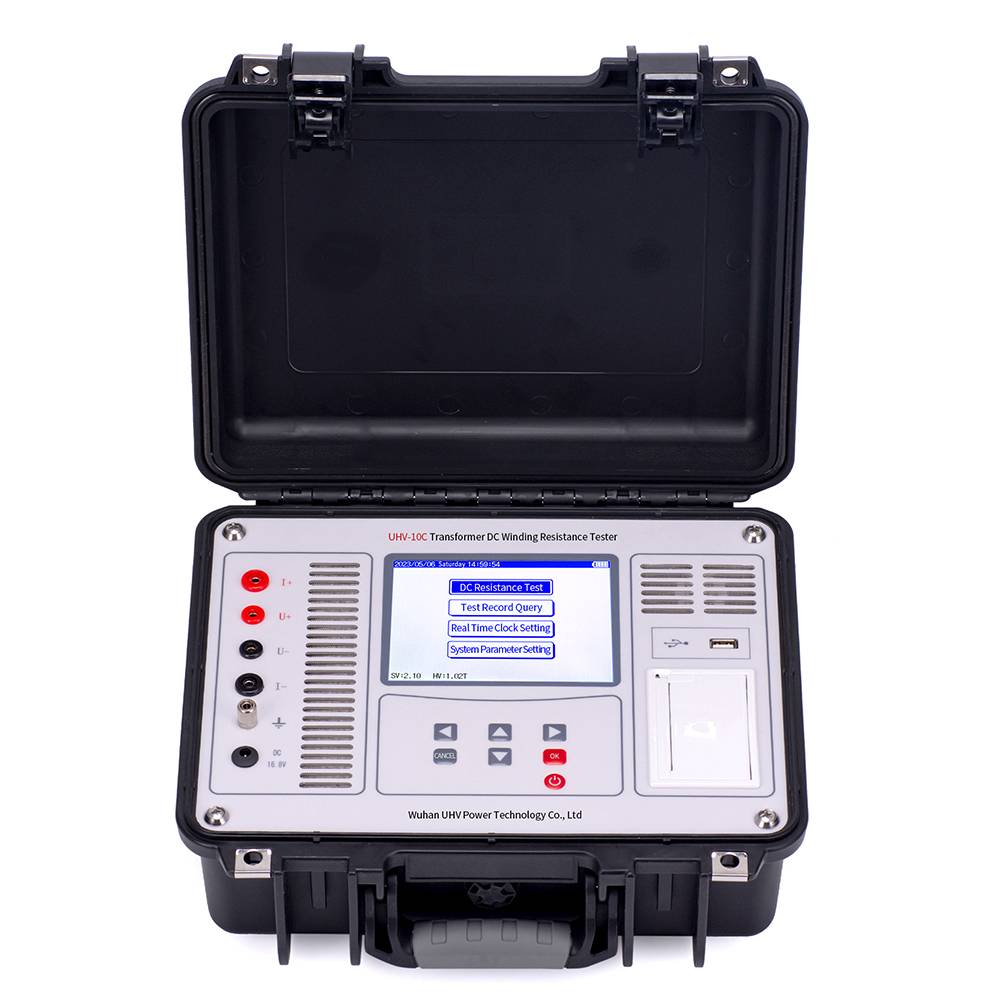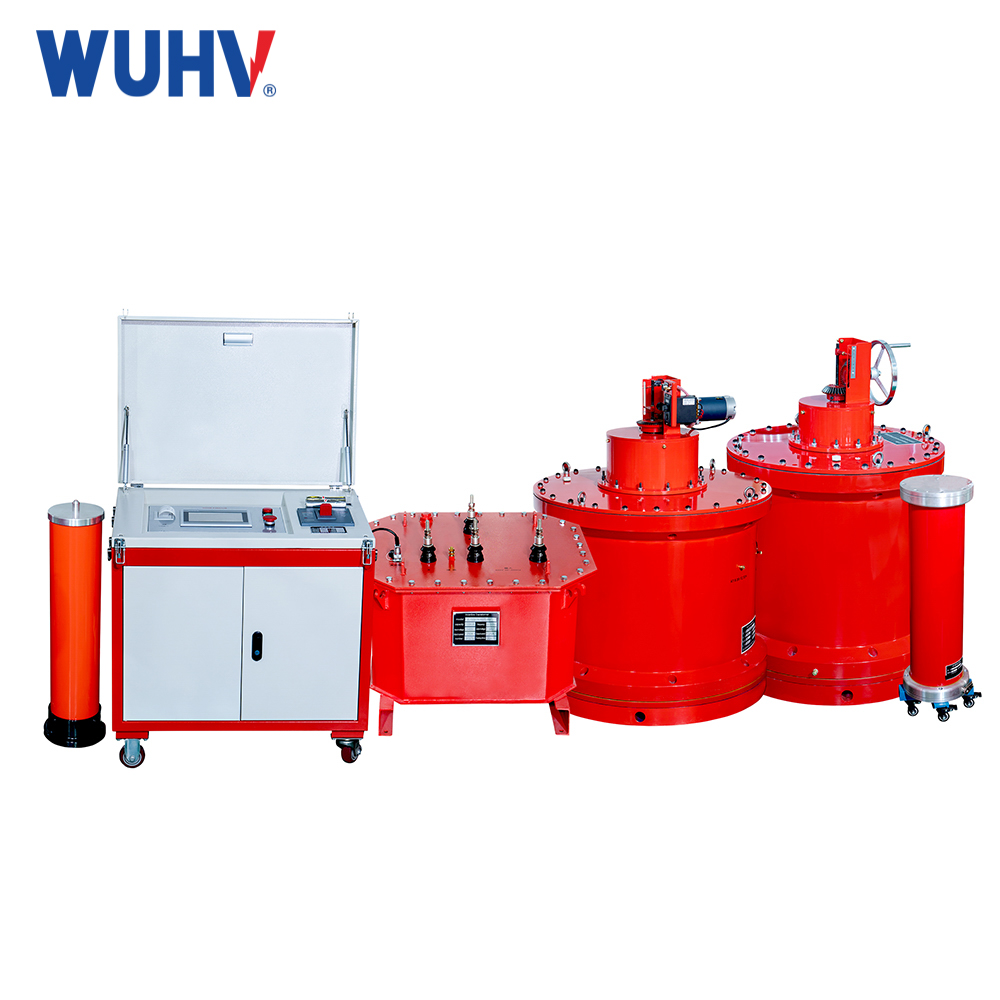The DC resistance tester under UHV power can help many power workers conduct various power tests more conveniently.

The transformer DC resistance tester is subdivided into specifications such as 1A, 3A, 5A, 10A, 20A, 40A, 50A, 100A, etc. The instrument power supply is divided into external power supply AC220V, internal power supply (battery power supply), AC and DC power supply, etc. At present, DC resistance testers with a current of 10A or higher on the market are not battery powered.
When users choose a transformer DC resistance tester, they are usually not very clear about what current DC resistance tester to choose. In many cases, the selection of a DC resistance tester is unreasonable.
Performance requirements, technical specifications, and characteristic analysis of transformer DC resistance tester:
1. Current and voltage: In actual measurement, different test currents should be selected based on different subjects. When the current selection is too small, it will affect the measurement accuracy. The output voltage determines the speed of measuring the DC resistance value of the transformer
2. Measurement range: The DC resistance value of general power transformers is between 100U Ω -100 Ω, and the measurement range of high-power inductors and other equipment is between 100U Ω -2k Ω
3. Measurement accuracy: Of course, the higher the better
4. Instrument functions: single-phase measurement and three-phase measurement, data storage and printing
In principle, the larger the transformer capacity, the greater the test current. Generally, 10% of the rated working current of the transformer is selected for DC resistance testing. Excessive current can lead to an increase in transformer temperature, resulting in inaccurate resistance testing, while insufficient current can result in low testing accuracy.



















